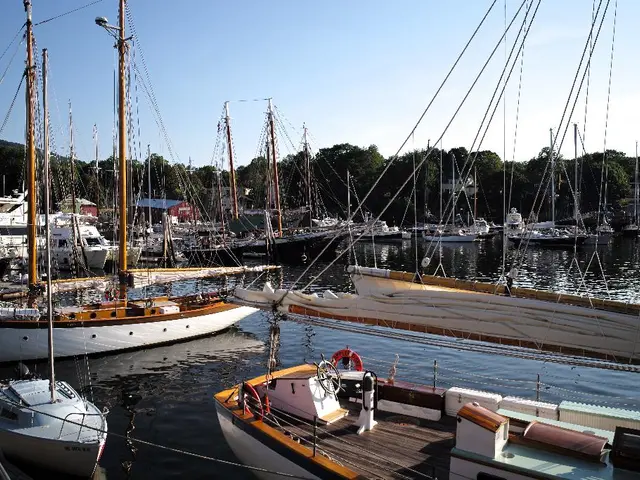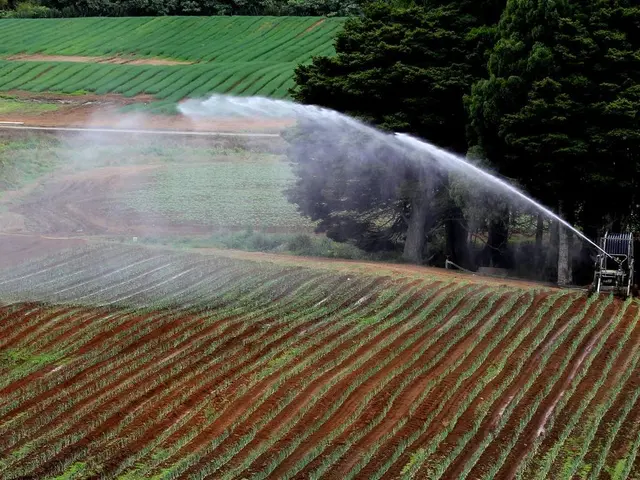NYU's FloodNet: Real-Time Urban Flood Monitoring for $200 per Sensor
Scientists and engineers from NYU have developed FloodNet, a low-cost, accurate, and robust flood sensor network for urban areas. The project aims to provide real-time, quantitative flood information to stakeholders, aiding in emergency response and planning. The team has deployed 87 sensors across New York City since October 2020, recording 360 flood events.
FloodNet sensors, costing around $200 each, can be easily mounted on street sign poles or walls. They measure water depths with better than 25-millimeter accuracy using an ultrasonic range finder. This precision surpasses that of crowdsourced flood reports and some water level sensors, which have limitations in accuracy and coverage.
Urban flooding can be caused by extreme precipitation events, storm surges, or high tides. It can be localized and change quickly, making real-time monitoring crucial. The FloodNet project aims to release flood data in real time for actionable use by communities and emergency responders. This data will help mitigate the impacts of climate change, which is expected to increase natural hazards such as urban flooding.
The team behind FloodNet, including scientists, engineers, and urban planners from NYU, recently discussed real-time flood sensing and urban-scale networks at a public panel in Brooklyn on September 22, 2025. With 87 sensors deployed and 360 flood events recorded, FloodNet is providing valuable insights into urban flooding, aiding in emergency response, and contributing to climate change adaptation efforts.
Read also:
- Achieving Successful Bonsai Grafting: Selecting the Appropriate Scion and Rootstock for Harmony
- Marburg Buzzes With October Events: Study Guide Out, Breast Cancer Awareness Walk, New Police Dog, Digital Transport
- European consumers are on the brink of experiencing a significant leap forward in electric vehicle (EV) charging technology, as Chinese automaker BYD prepares to unveil its innovative advancements.
- India's First Indigenous Nuclear Submarine Fires Ballistic Missile








